The present volume deals with the relations of Harsha, the famous monarch of ancient India, with Buddhism and other religions of his time. It is probably the first book of its kind, for no work dealing only with religion and religious activities of Harsha, and for that matter any ruler of ancient India, has been attempted by anybody so far. Its author Professor S.R. Goyal has not only collected the entire evidence on this problem, both Indian and Chinese, at one place including the Chinese and Uigur versions of the letters exchanged between Yuan Chwang and the Indian priests of Mahabodhi recently published in English by Professor D. Devahuti (Part I) but has also analysed it thoroughly (Part 2) and has come to the conclusion that though extremely liberal in his religious outlook Harsha never adopted Buddhism as his personal faith and remained a Saiva throughout his life (Part 3). He has also discussed the impact of feudalism on the Buddhist monasteries, specially the Nalanda Mahavihara and the politico-economic implications of the religious activities of Harsha (Part 4). In the first of the two Appendices (Part 5) he has tried to determine the date of the Harshacharita with greater exactitude (c. 620 A.D.) and in the second has tabulated the chronology of the travels of Yuan Chwang in India in the light of which the testimony of the Chinese Pilgrim sometimes assumes new significance. The book takes into consideration all the material published on the subject upto date. It is undoubtedly a welcome addition to the literature both on Harsha and Buddhism.
ABOUT THE AUTHOR S R Goyal
Professor S.R. Goyal is the retired Professor and Head, Department of History, J.N.V. University, Jodhpur. Described as ‘one of the five best recent historians of ancient India’ by Professor David N. Lorenzen, the great Mexican Orientalist, Professor Goyal combines all the qualities associated with scientific scholarship. He has authored more than thirty voluminous works and over 150 research papers which cover so diverse fields as political history, religious history, literature, biographies, numismatics and epigraphy. He was honoured with the General Presidentship of the Silver Jubilee Congress of the Epigraphical Society of India held at Udupi in 1999 and was elected the Honorary fellow of the Society. His doctoral thesis, A History of the Imperial Guptas (1967), was acclaimed as ‘the best analysis of the Gupta Period which I have ever read†by Professor A.L. Basham (National Professor of Australia) and as ‘imaginative’, ‘well-written’ and ‘a model of historiography’ by Professor Eleanor Zelliot (Minnesota, U.S.A.). The varaious theories propounded in it are described by Professor R.C. Majumdar as ‘deserving very careful consideration’. Among his other major works are included three corpus-like volumes on ancient Indian inscriptions, two volumes respectively on Kautilya and Megasthenes, a three volume authoritative study of ancient Indian history in about two thousand pages, a three volume study of ancient Indian numismatics, and four volumes on great rulers of ancient India. Professor Goyal is deeply involved with the study of the history of Indian religions. Apart from the present monograph he has published two volumes entitled A Religious History of Ancient India (Vol. I, 1984; Vol. II, 1986), and Harsha and Buddhism (1986). All these works of his have been highly acclaimed and admired both in India and abroad. Professor Goyal has been honoured with several Festschrifts, including Reappraising Gupta History for S.R. Goyal (ed. By Professor B.Ch. Chhabra et al) for S.R. Goyal : His Multidimensional Historiography (ed. By Professor Jagannath Agarwal and Dr. Shankar Goyal). A four volume Festschrift in his honour entitled Sriramabhinandam (Reconstructing Indian History for S.R. Goyal) has recently been published.

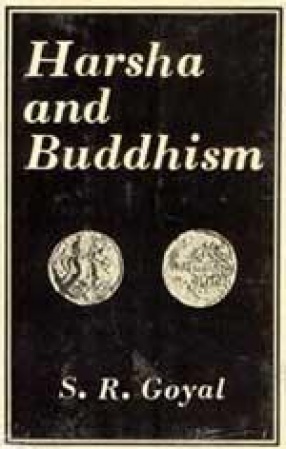
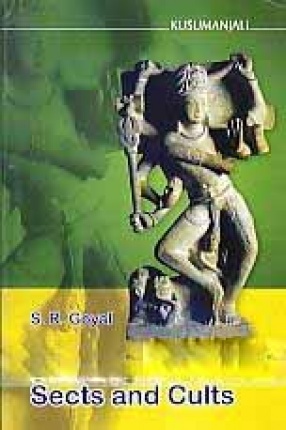
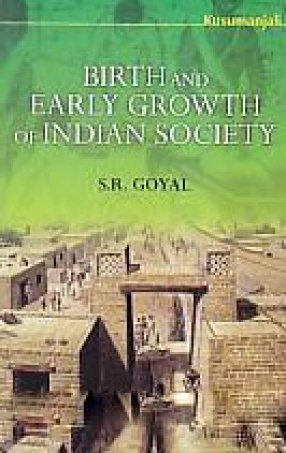

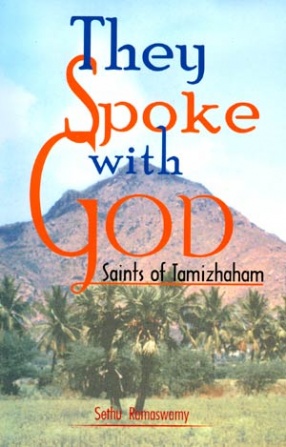
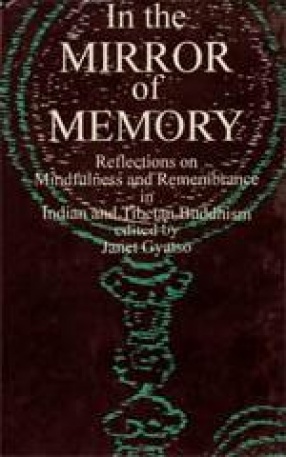
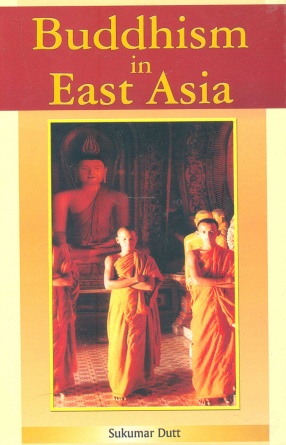
There are no reviews yet.